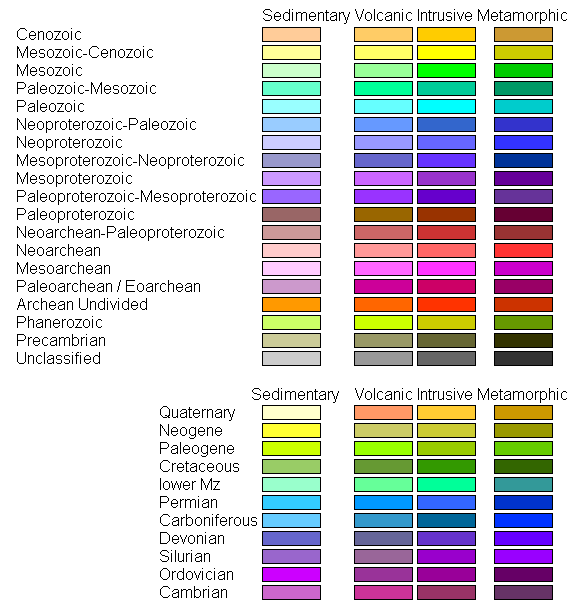Japan and Kamchatka 45N 150E
Steven Dutch, Natural and Applied Sciences, University
of Wisconsin - Green Bay
Scale: 1 pixel = 5 km. 5-degree grid; Lambert Conformal Conic Projection, Center 45N 150E
Return to Global Geology Index.
legend
Land Geology

Ocean Floor Ages

Tectonic Structures

Topography

Discussion
Although Russia is not the first place that comes to mind when one thinks of the word "volcano," the Kamchatka Peninsula is actually one of the most volcanically active regions on earth. One of its volcanoes, ironically named "Bezymyannaya (Nameless)," dramatically made a name for itself in 1956. It followed a sequence of events nearly identical to Mount St. Helens in 1980. It resumed activity after a long period of quiescesnce, quieted after a brief initial eruption, developed a dramatic bulge on one side, then had a catastrophic eruption when the bulge gave way in a huge landslide. Unlike Mount St. Helens, though, Bezymyanna remained continuously active, and its new lava dome has nearly rebuilt the former mountain.
Return to Global Geology Index.
Return to Professor Dutch's Home Page
Created 15 June 2014, Last Update
Not an official UW Green Bay site